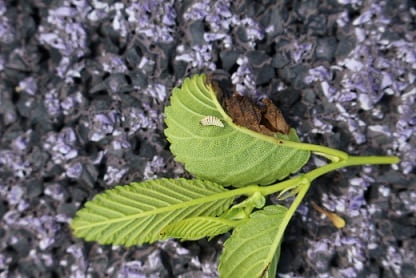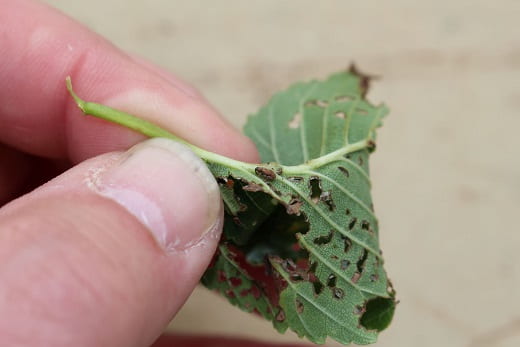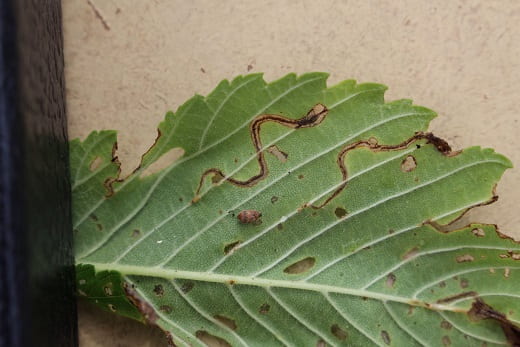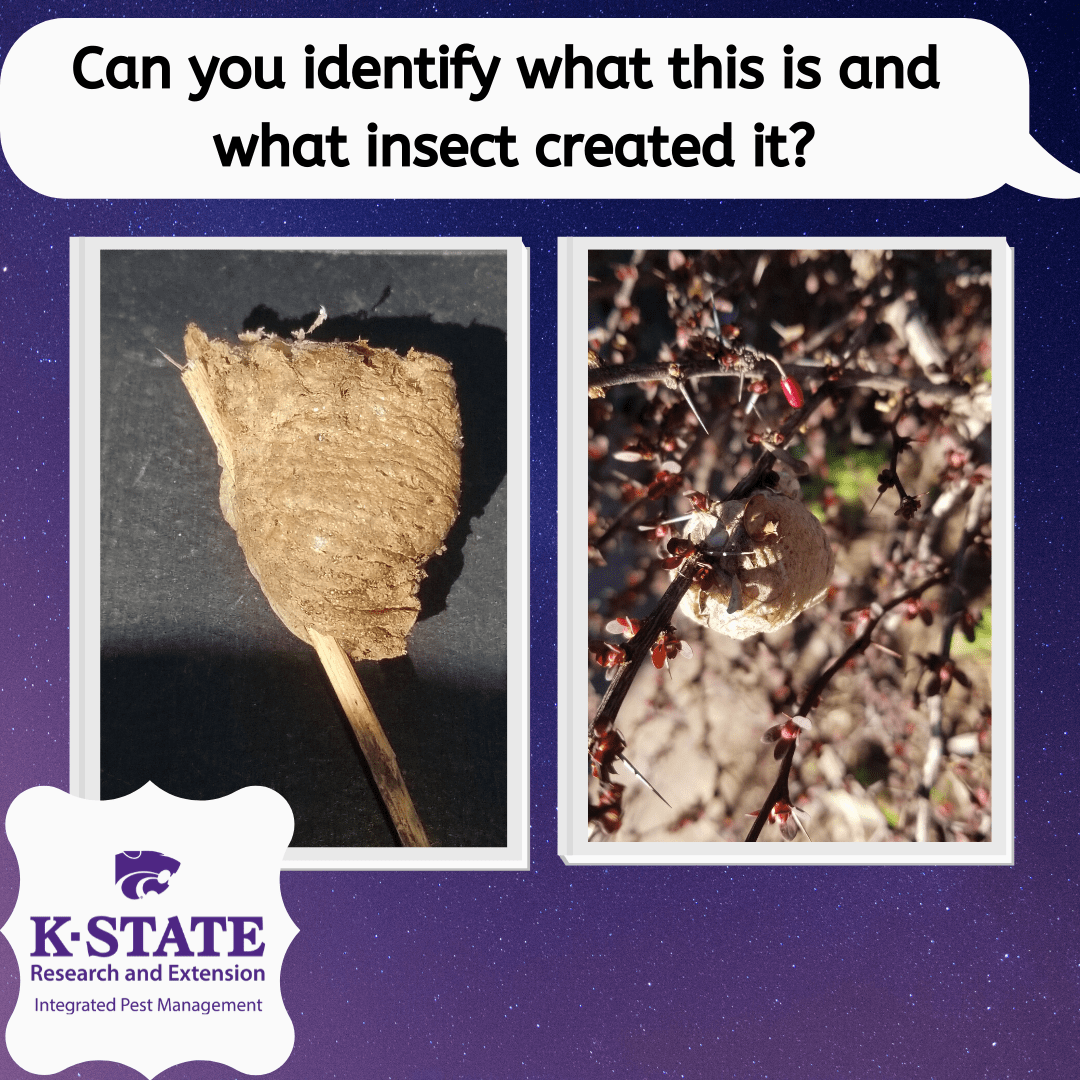— by Raymond Cloyd
Praying mantid adults are 3 to 4 inches (76 to 102 mm) long, elongated, slow-moving generalist insect predators that wait for prey with their upraised front legs (Figure 1).
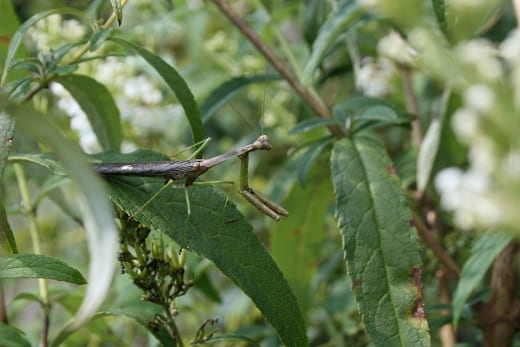
Fig 1. Praying Mantid with Front Legs Upraised (Auth–Raymond Cloyd, KSU)
They eat “anything” they can grab onto with their raptorial front legs including: flies, crickets, moths (Figure 2),
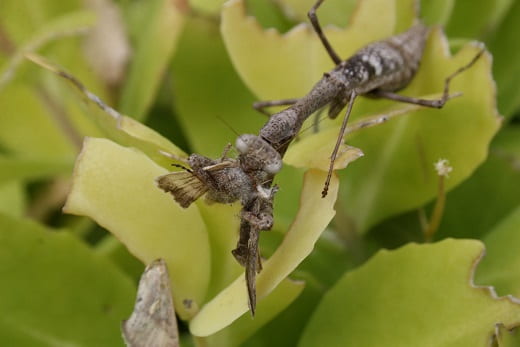
Fig 2. A Praying Mantid Eating a Moth (Auth–Raymond Cloyd, KSU)
butterflies, wasps, and caterpillars. In addition, praying mantids will feed on honey bees entering and leaving hives. Praying mantid females lay between 200 and 300 eggs that are covered by a hardened, Styrofoam-like egg case or ootheca produced by the female. The egg cases can be found on branches (Figure 3),
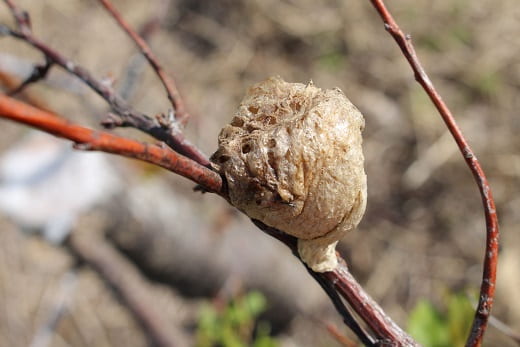
Fig 3. Praying Mantid Egg Case on Branch (Auth–Raymond Cloyd, KSU)
stems, walls, fences, sides of houses (Figure 4),
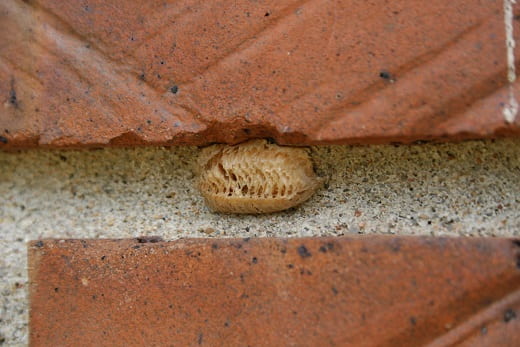
Fig 4. Praying Mantid Egg Case Attached To Side of House (Auth–Raymond Cloyd, KSU)
and eaves. Egg cases may be present from November through April. Nymphs hatch (eclose) from eggs in three to 10 weeks depending on temperature. Nymphs that emerge in spring resemble miniature adults (Figure 5).
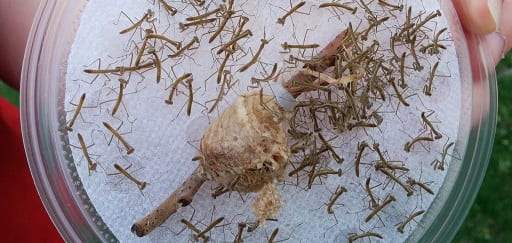
Fig 5. Praying Mantid Nymphs That Have Emerged From Egg Case (Auth–Josh’s Frogs)
However, not all the nymphs will survive to become adults because they are susceptible to predation by vertebrates (birds, toads, and lizards) and predacious insects. Praying mantids overwinter as eggs.
Egg cases can vary in size and shape depending on species. The egg case of the Carolina mantid, Stagmomantis carolina, is tan to light-brown, about 1.0 inch (25 mm) long, rectangular or elongated, rounded at the top and bottom, and there is a distinct white to gray band that extends down the center of the egg case (Figure 6).

Fig 6. Egg Case of The Carolina Mantid (Auth–The Amazing Plant Project)
The egg case of the Chinese mantid, Tenodera aridifolia sinensis, is light-brown, approximately 1-1/2 inches (38 mm) long, half-domed shaped, with one end tapered (Figure 7).
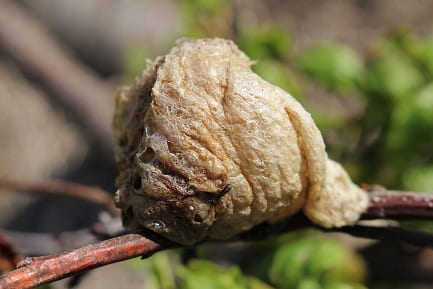
Fig 7. Egg Case of Chinese Mantid on Branch (Auth–Raymond Cloyd, KSU)
Egg cases can be purchased from garden centers, nurseries, or mail order sources (Figure 8). Most egg cases for sale are associated with the Chinese mantid, which is not native to North America; however, the species has become naturalized in most regions. The purchase of praying mantid egg cases is not recommended because praying mantids will not effectively regulate most insect pest populations or will not kill enough insect pests to prevent damage. Nonetheless, having praying mantids in the garden provides an educational opportunity for people to observe nature in action!

Fig 8. Product Containing Egg Cases of The Chinese Mantid (Auth–Raymond Cloyd, KSU)
Well, how can I collect and preserve praying mantid egg cases? You can remove the egg case, bring them into the home, and place into a glass jar with a lid that has least 10 small air holes. The warm temperatures inside the home will cause the nymphs to hatch from eggs in four to six weeks. You can delay egg hatch by placing the egg cases into a refrigerator and remove one to two months before you want the eggs to hatch. This will ensure that nymphs are released when the weather is warm so there is no risk of exposure to cold temperatures. The nymphs that emerge will be very hungry. Therefore, immediately release them into the garden, as long as they will not be exposed to freezing temperatures. However, if the nymphs are not released promptly or provided with a food source, they will eat each other (cannibalism) leaving just one large nymph that will not eat for a month.

